
10 Tips on Cultural Photography during ANY Adventure
When it comes to cultural photography, one of the most important things to recognize right away is that cultural photography doesn’t always need to be about masked or face-painted figures that appear other-worldly. Nor does it need to be of architectural wonders of the world in exotic locations. Sure, these are indeed captivating, but cultural photography is primarily about life. It’s about documenting the day to day. In many cases, Holi men in Nepal and iconic architecture in India are indeed the day to day, but the point is that it’s never limited to that. Go beyond and recognize that some of the best photos are all around you and in the unlikeliest of places.
Look for cultural beauty in unexpected places
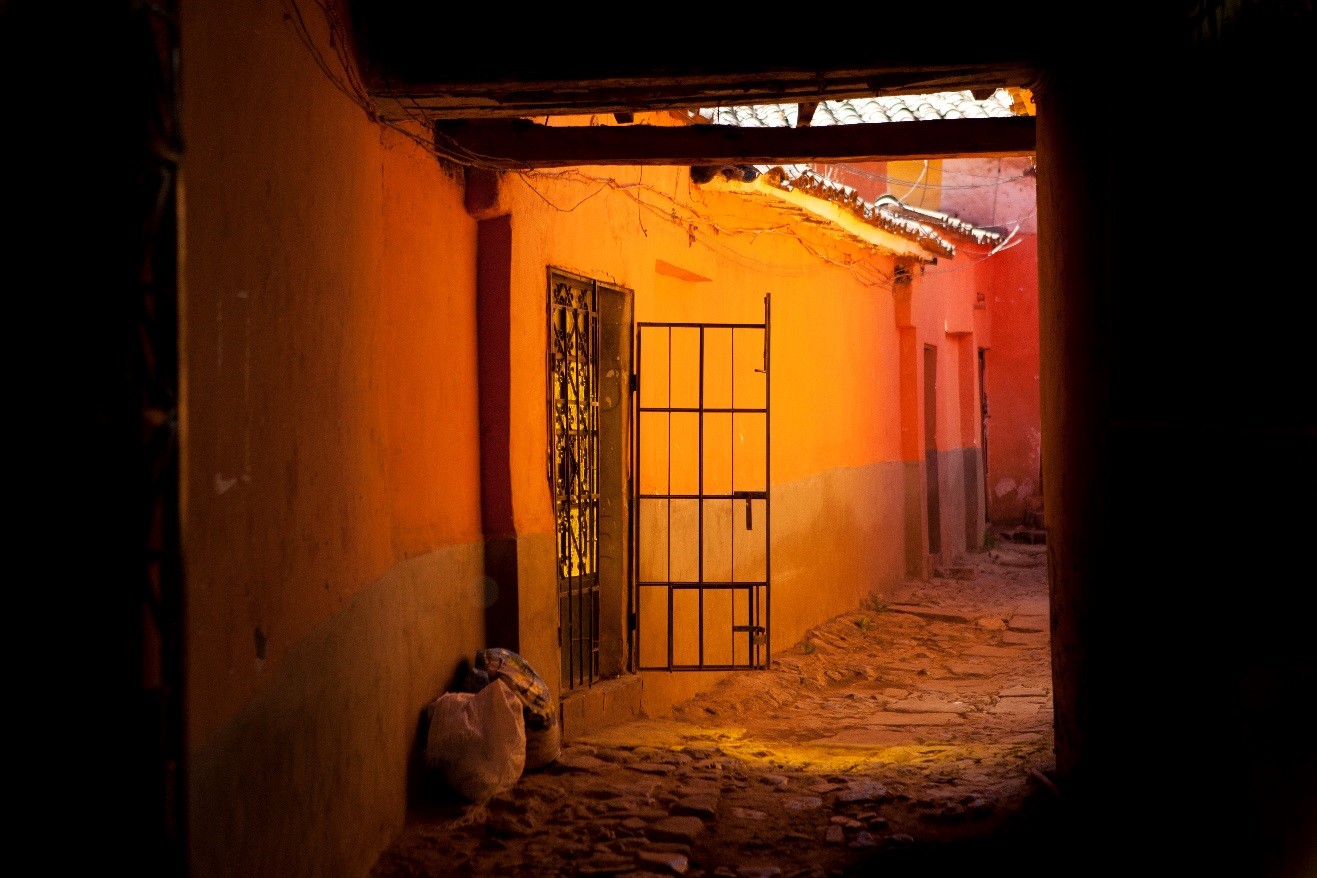
And the idea of cultural photography doesn’t always have to be about people. Take this secluded alleyway in Cusco, Peru. Sure, this is part of my personal portfolio up against other photos from this same trip like Machu Picchu and the spectacular Andean mountains, but is still one of my favorite moments and memories of exploring the area.
Show contrast, not in just in light, but also in colors and textures
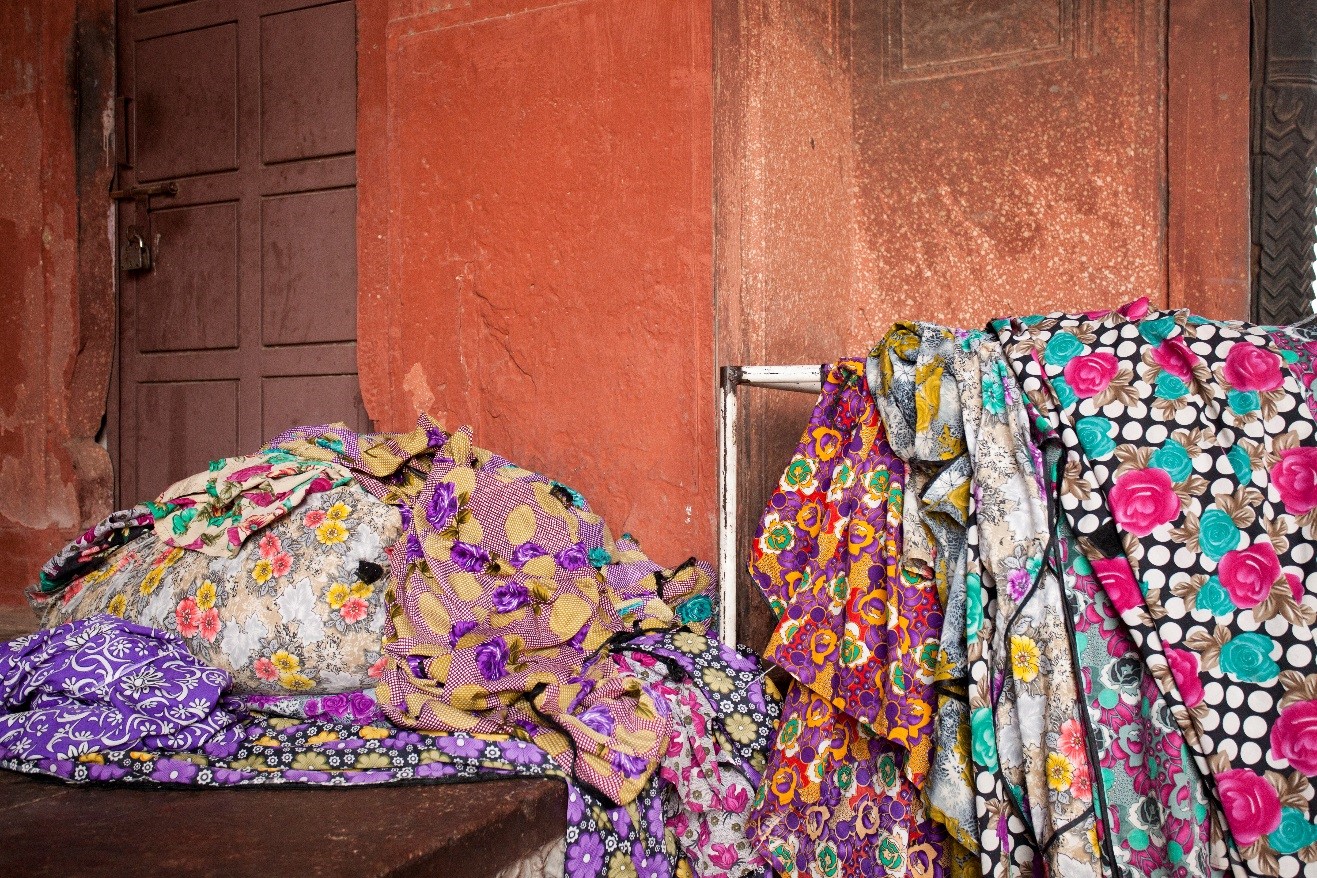
We often think of people in fancy garb as a cornerstone of cultural photography. But, what about photographing that pile of garments just outside of a temple or place of worship? Notice the interesting juxtaposition of straight lines and irregular shapes and patterns. It’s key in this case to make sure you get your lines straight…of the doorway, walls, clothes rack, etc., otherwise you lose that unique contrast. And speaking of contrast, this is one of those photos when increasing contrast in post-processing can really make the textures and colors pop!
Employ unique perspectives to immerse the viewer into the scene
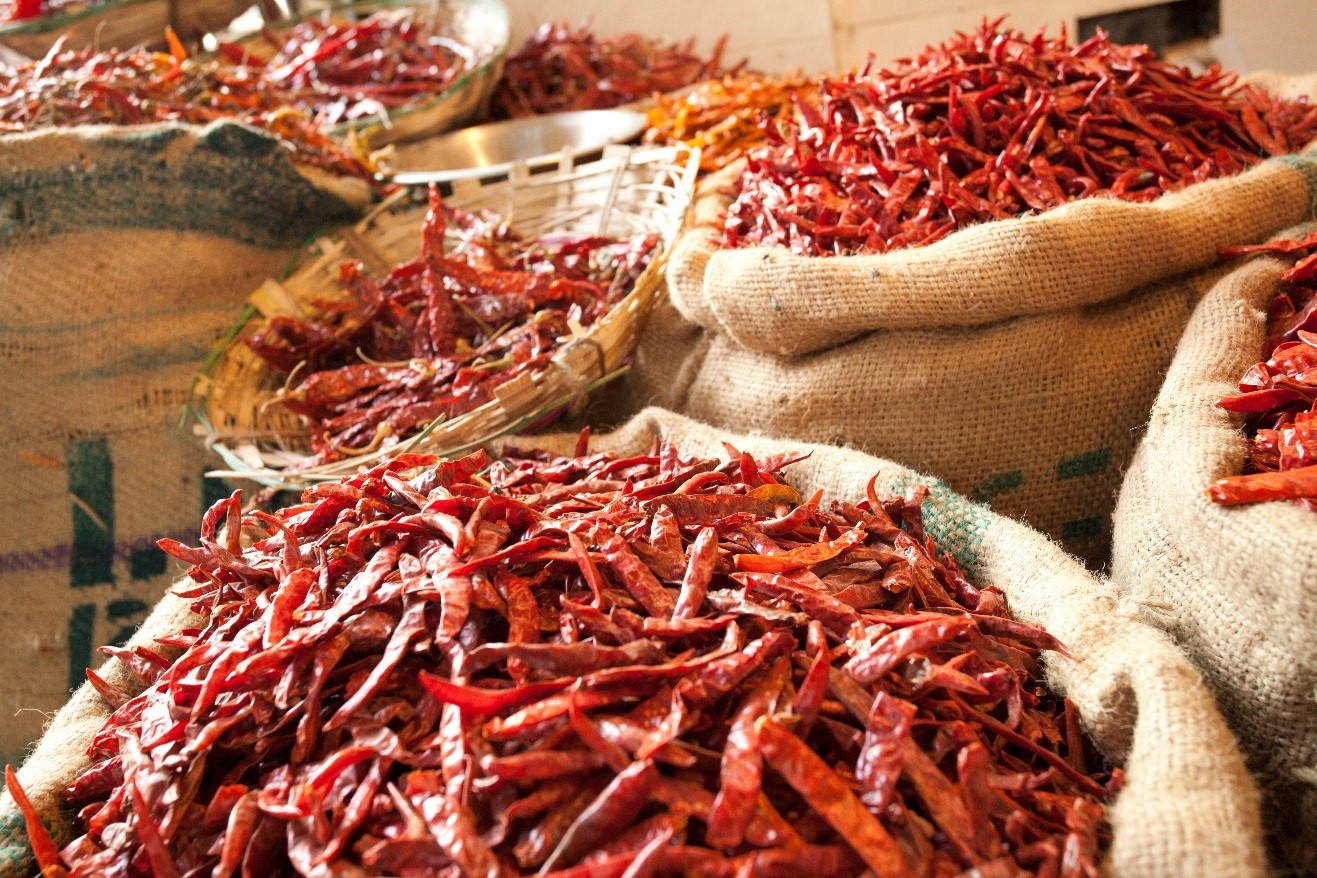
Markets are always one of my favorite things to photograph when in cities around the world. Certainly an aspect of culture, they show you so much in terms of the way of life, affinities, preferences, styles, and of course color. Markets always have lots of color and fascinating things to capture in a camera. When photographing in markets, pay particular attention to your perspective and try to adjust it in a way to put the viewer into the sights, sounds, and smells. In the above case, getting down a little, getting close to some peppers, and having a shallow depth of field can work wonders.
An overhead view can yield interesting results
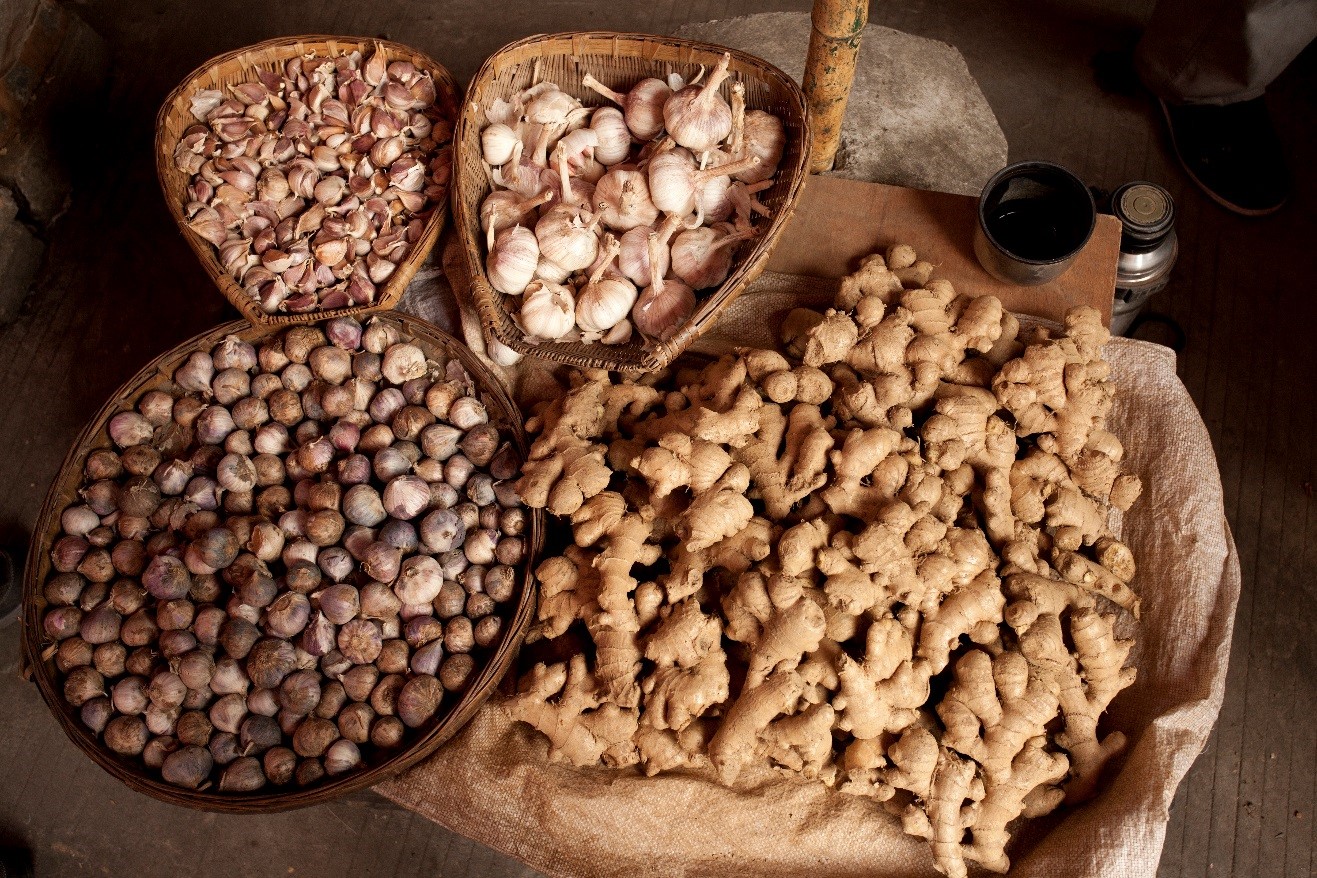
Another common trick I employ when photographing in markets is the classic “put your camera directly overhead and just take some shots” method. Yep, it’s a method. If you look at the above photo, there’s really no way I could have had my eye behind the viewfinder—and I didn’t. With autofocus and a bit of trial and error, I could simply hold my camera somewhere over the center of this scene, shoot wider than I need, and then crop in once on the computer to get this interesting composition and compelling menagerie of all things good in China—garlic, ginger, and shallots…so good you can almost smell them!
Be aware of cultural sensitivities with photography, but when permitted, capture it all!
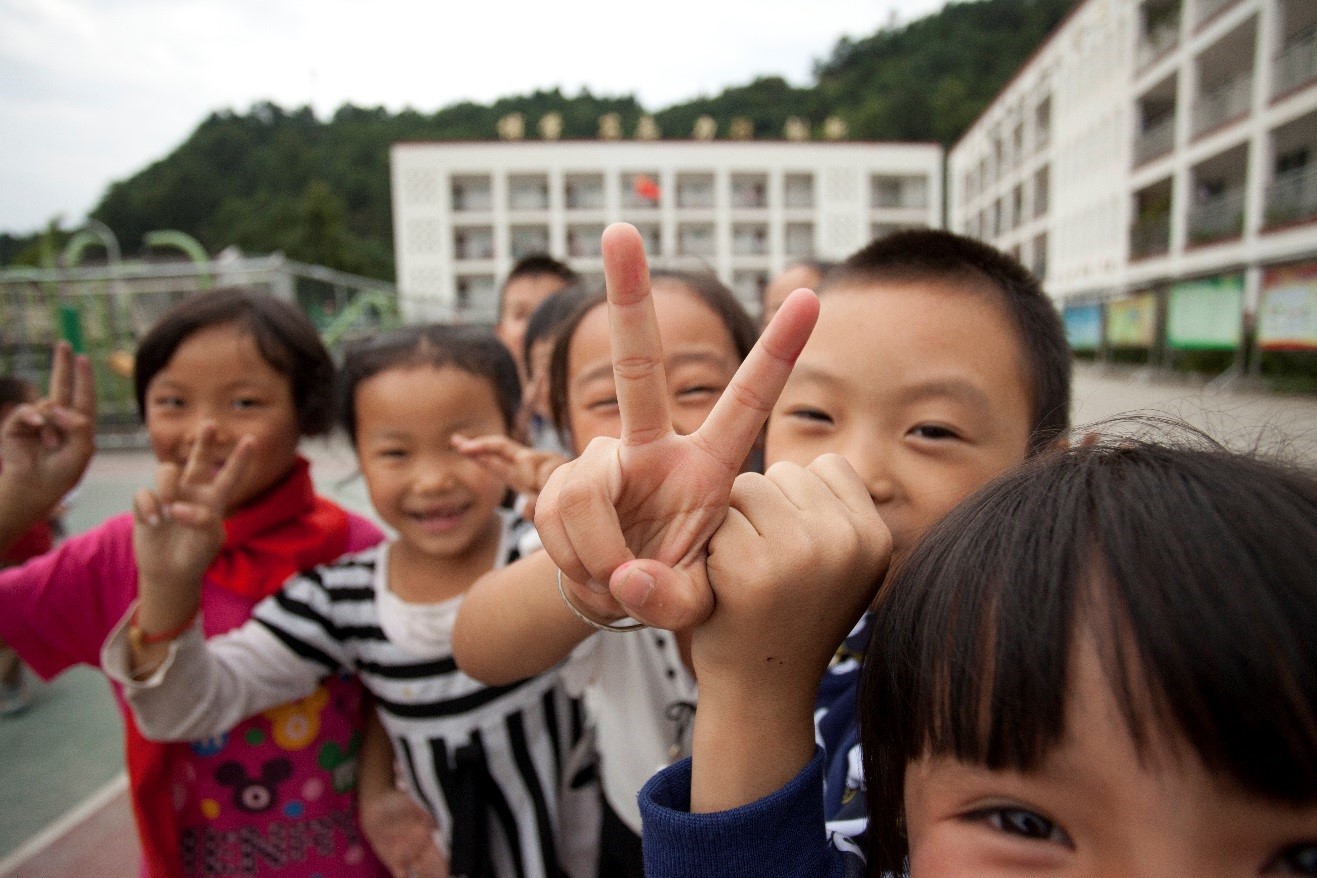
When photographing people, particularly children, in foreign countries, it’s important that you don’t disrespect any sort of cultural norm, or invade anyone’s personal space. The universal sign for asking permission to take a photo is to have a camera in your hand and gesture to someone as if seeking their approval. It’s that simple. They’ll quickly shake their head and tell you no, or put their hand up in front of their face as a sign that it’s just not cool. Of course, don’t push further. BUT, there are many many more times that it’s not only cool, but the highlight of their day (and probably yours as well!). Take the above photo of school children in the Minshan Mountains of China that are clamoring to be a part of my photo. You can almost feel the energy coming from this shot.
Look for unique patterns and fill the frame
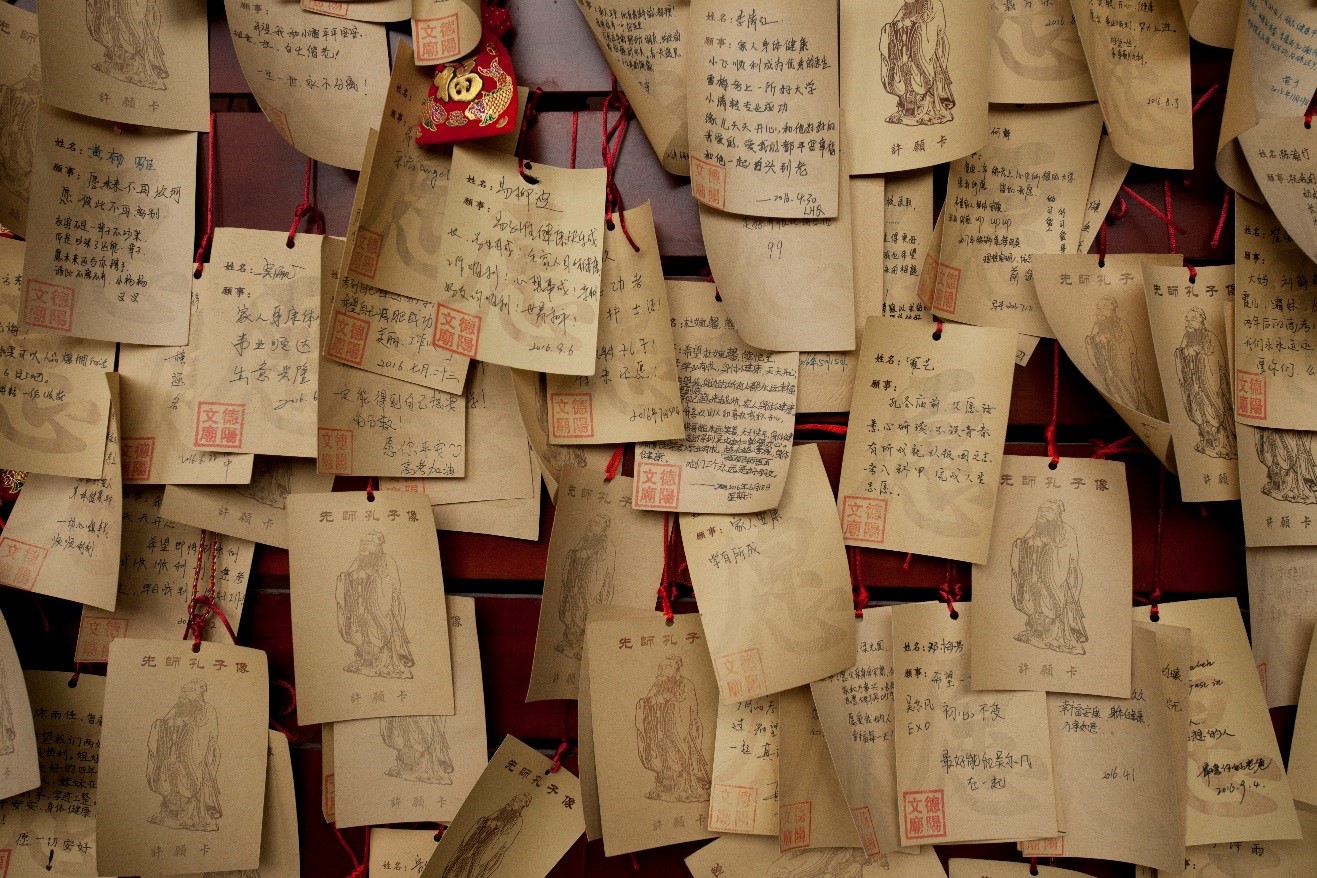
I am always looking out for opportunities to “fill the frame” with something uniform, but also interesting. Here’s a great example of Buddhist scrolls in a very interesting orientation and pattern on a monastery wall. For something like this, be very deliberate about which scrolls are at the fringes and which ones are at the typical “rule of thirds” intersecting lines. As we know, these central areas are where the eye usually goes first, so being deliberate goes a long way.
Combine techniques for maximum effect
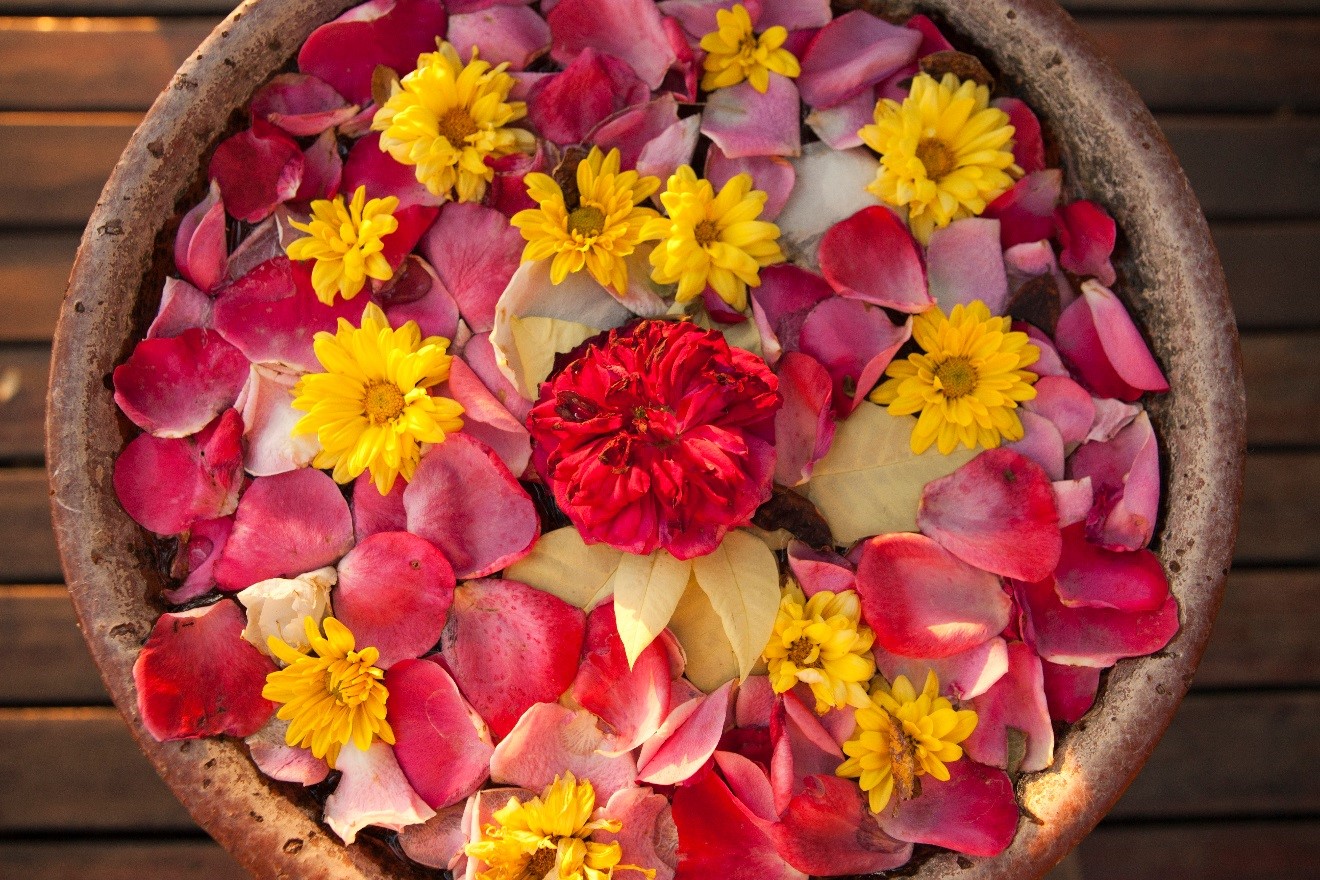
A combination of methods here, I’m finding a unique “fill the frame” pattern with the “hold the camera above the scene” technique to get this nifty photo. I must have walked past this small decorative little arrangement a dozen times at the entrance of a lodge in Myanmar, unsure of how I would be able to capture it properly.
However, upon thinking back to the overhead technique, I knew this would likely yield a compelling shot. And once again, I stress to you the fact that I did crop the photo afterwards to help fill the frame with the flowers…It’s just too difficult to compose it perfectly when you can’t have your eye behind the viewfinder.
Try and find dominant colors to create a mood

Identifying dominant colors helps evoke a very specific feeling and mood of the photo. Oftentimes, when immersed in dominant-color architecture, the colors will actually reflect a bit of colored light, such that the entire scene may take on a specific hue. In the above photo, the blue color of the palace walls helped give a mysterious blue hue to the photo. If you wish to increase the blue tone, use your camera’s white balance, or post-processing white balance settings, to get it just right.
Simplify things when they start to get busy
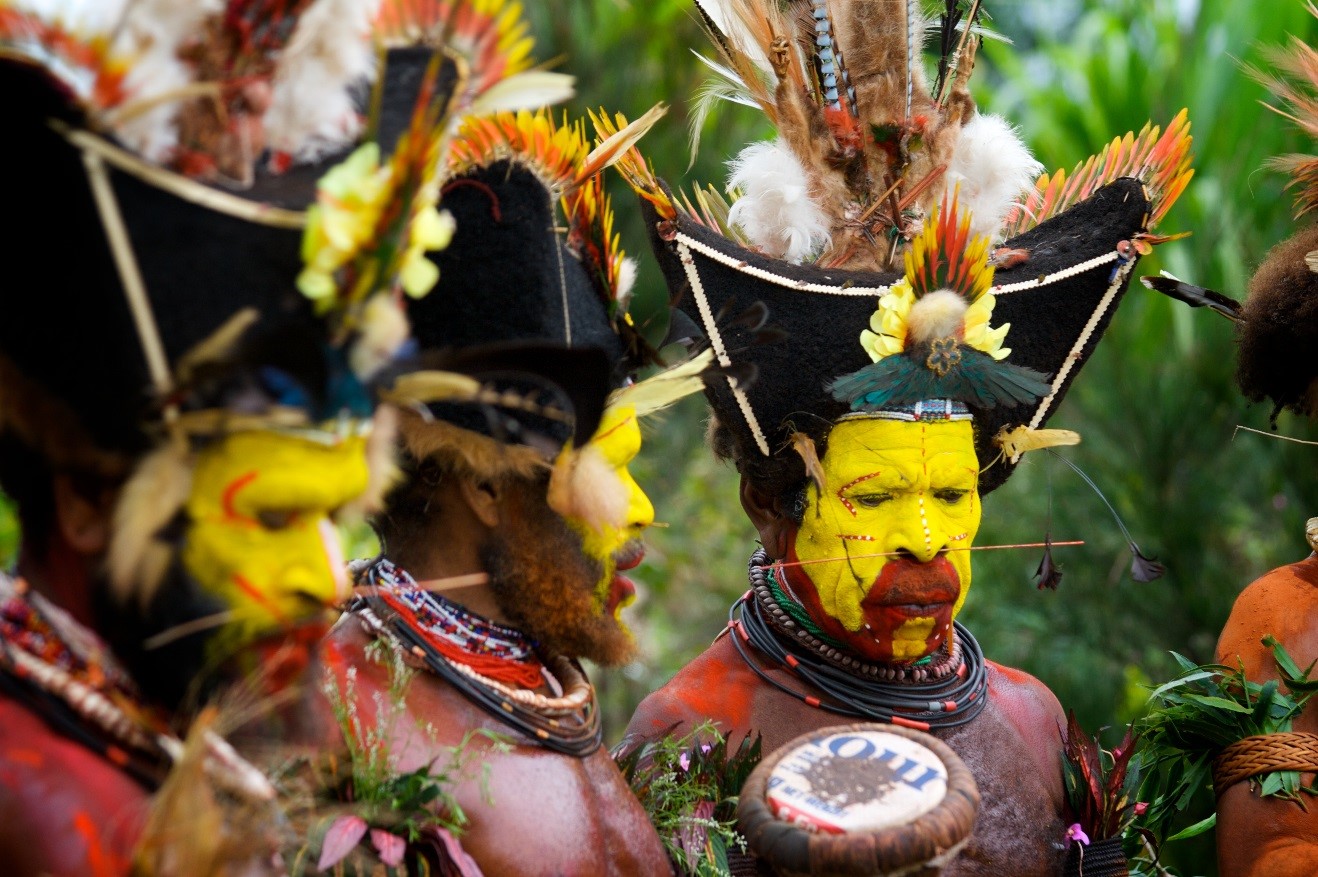
Many times when photographing tribes and/or performances, there will be lots going on, especially with the colors, patterns, and textures of the clothes and garb. In a scene like the above, it’s actually quite distracting, and even overwhelming, to capture the whole thing. So instead I chose to zero in on just one aspect—this particular warrior’s face. Of course they have ornate and fantastic grass skirts, and feathers towering several feet over their heads, which are also mesmerizing yet not captured. However, clutter can often distract the viewer, which isn’t what you want.
Another technique for minimizing distraction is to use a shallow depth of field. As you can see, the warriors closer to me are slightly blurred, which serves to direct the viewer’s attention to the one warrior I want the viewer to concentrate on.
—–
No matter where in the world you are, cultural photography is possible. And of course the further out there you are, the more exotic and captivating your photography can be. While I certainly hope you gain something from the tips here, I also hope to show you in the above photos that not all cultural photography has to be about wild tribes or iconic buildings. Sometimes it’s about seeing things differently and finding the hidden gems out there to really show the details of local life.
Go forward and give it a shot,

Court
2 Comments

Nikola
May 20, 2018 at 9:28 pm

cheila
August 20, 2018 at 9:14 am
Court Whelan, Ph.D., thank you for this post. Its very inspiring.
inspiring indeed. thanks.